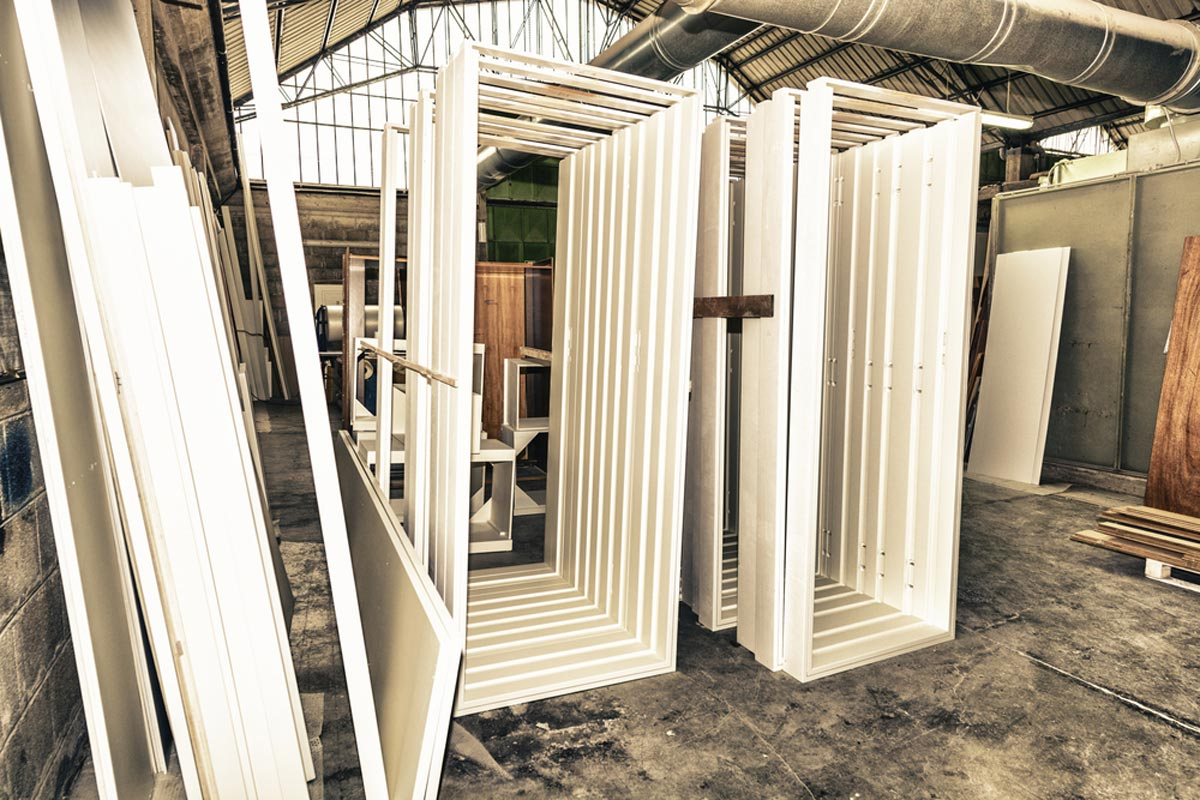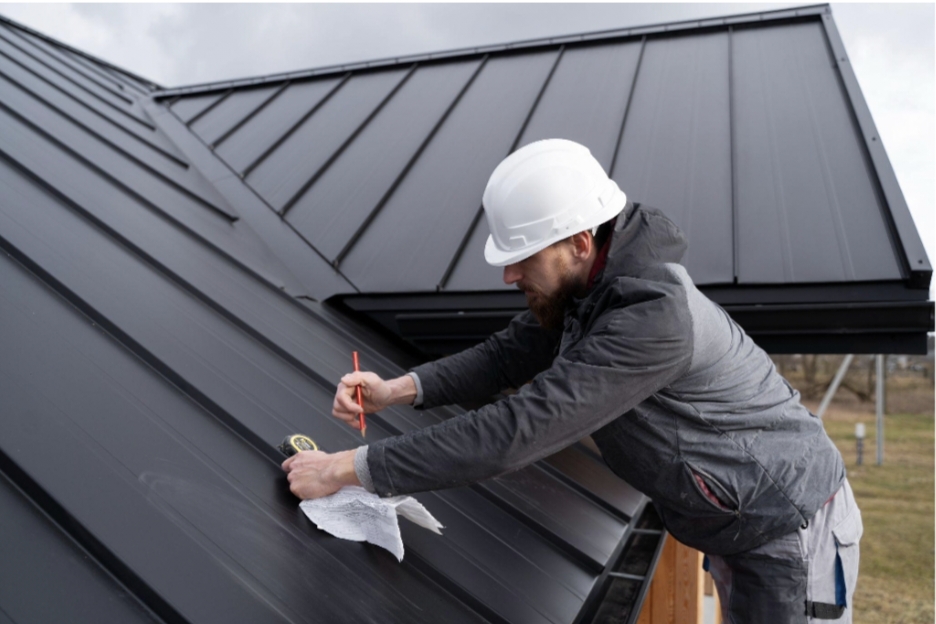Your front door is not just an entryway; it’s a gateway to your home’s security and aesthetic appeal. But what happens when the door frame starts showing signs of damage? Ignoring these issues can lead to security risks, increased energy bills, and a decrease in your home’s overall value. This comprehensive guide will explore the key signs of a damaged door frame and discuss why timely door frame replacement is essential.
A blocked drain is more than just an annoyance—it can lead to water damage, pipe damage, and even health hazards if left unchecked, warns Real Property Management experts. Food scraps, hair, soap scum, and more nefarious items like grease and oil can build up over time, causing blockages. It’s a grim reality that the best drain cleaning services are equipped to handle with expertise.
Visible Cracks and Splitting
One of the most apparent signs of a damaged door frame is the presence of visible cracks and splitting. Over time, exposure to the elements, shifting foundations, or general wear and tear causes the wood to weaken and develop cracks. These cracks can start small but quickly escalate, compromising the frame’s structural integrity.
If you notice even minor cracks, addressing them promptly is crucial. Ignoring them may lead to further damage, making a replacement inevitable.
Warping or Twisting
Wooden door frames are particularly susceptible to warping and twisting, especially when exposed to moisture or temperature fluctuations. If your door frame is no longer flush against the door, it indicates warping. This affects the door’s functionality and makes your home more susceptible to drafts and security breaches.
In severe warping or twisting cases, a door frame replacement is often the best solution, as attempting to repair such damage can be costly and may not provide a lasting fix.
Rotting Wood
Wood rot is a common issue for door frames, especially in regions with high humidity levels or frequent rainfall. Rot can weaken the frame and create an inviting environment for pests like termites. To check for wood rot, press a screwdriver or a similar tool gently against the frame. If it easily sinks into the wood, it’s a sign of rot.
Replacing the damaged sections of the frame or the entire frame itself is essential to prevent further structural damage and pest infestations.
Difficulty in Closing and Locking
If you find it increasingly difficult to close or lock your door, it’s a sign that your door frame may be compromised. Misaligned or damaged frames can cause the door to become uneven, preventing it from fitting snugly into the frame. This not only compromises security but also affects your home’s energy efficiency.
In some cases, minor adjustments or repairs can solve the issue, but if the problem persists, a full replacement may be necessary to ensure proper functionality.
Squeaking or Creaking Sounds
Doors that make unusual sounds when opened or closed may indicate a damaged frame. Squeaking or creaking sounds often result from the door rubbing against misaligned or deteriorating frame components. While lubrication can temporarily alleviate the issue, it won’t solve the underlying problem.
A professional inspection can determine whether a door glass replacement is needed to eliminate the source of the noise and maintain the door’s longevity.
Visible Gaps
Inspect the area around your door for any visible gaps between the frame and the wall. These gaps can develop due to frame warping, settling foundations, or inadequate installation. Not only do these gaps compromise your home’s energy efficiency by allowing drafts, but they also make it easier for pests to enter.
Addressing these gaps may require a full frame replacement, as simply filling them with caulk or filler may not provide a lasting solution.
Conclusion
A damaged door frame is more than just a cosmetic issue; it poses significant risks to your home’s security, energy efficiency, and overall value. If you notice any of the signs mentioned in this guide, it’s crucial to address them promptly to avoid further deterioration and potential security breaches.
Remember that a professional inspection can help you determine the extent of the damage and whether a full interior door replacement is necessary. For more information, you can get in touch with TWD Supplies.





